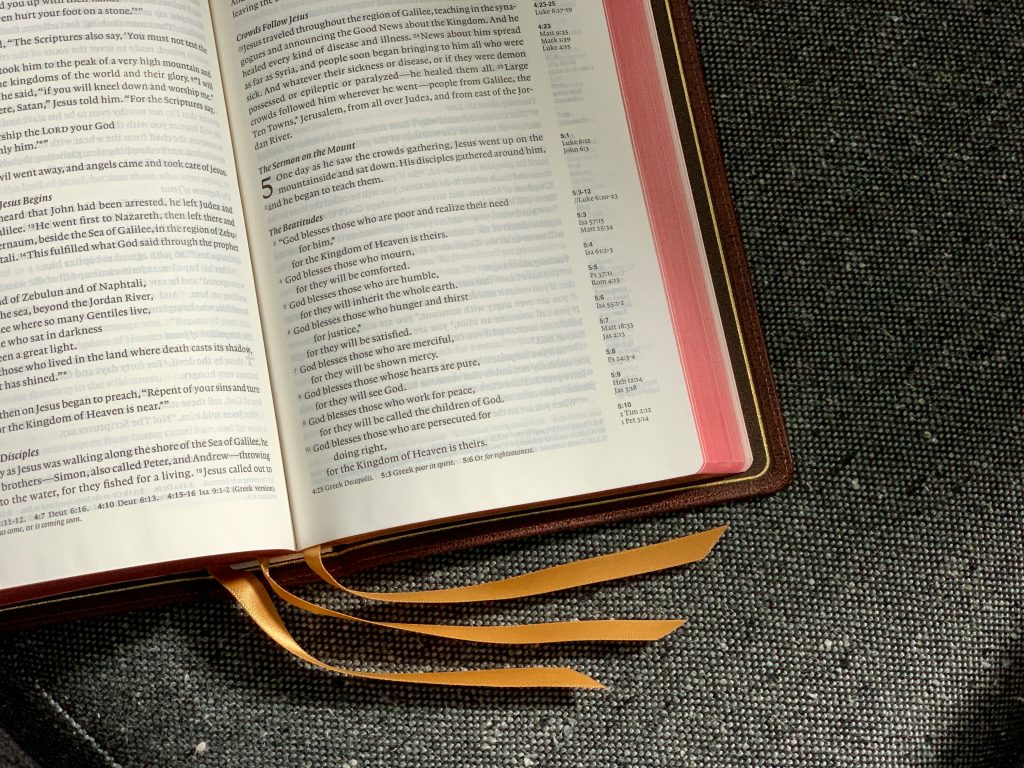Mistakes are an inevitable part of translation. Even the most fluent bilingual speakers can find themselves struggling to convey the exact meaning from one language to another. As the world becomes more interconnected, translation has never been more important. So why do translators trip up, and what causes things to get lost in translation?
The Complexity of Language
Language is incredibly complex, full of nuances that are difficult to transfer between tongues. Many words and phrases simply do not have a direct equivalent from one language to the next. Slang terms, cultural references, idioms, and metaphors can be particularly tricky to translate accurately. Even words that seem straightforward on the surface can carry subtle shades of meaning that are open to interpretation.
With over 7,000 languages spoken worldwide, it’s no wonder things get garbled as ideas pass between such different linguistic systems. The structure and grammar rules of each language present unique challenges. Oftentimes, the literal translation does not convey the intent or impact of the original phrasing.
Human Error
Even the best translators are fallible human beings. Like anyone else, they have off days where concentration wavers or mental fatigue sets in. Translating requires immense focus and attention to detail. Over long translation sessions, the mind can start to get overloaded, causing obvious mistakes to be overlooked.
It’s also simply impossible for one person to know every subtlety in multiple languages. There may be gaps in a translator’s vocabulary where they do not know precisely the right foreign equivalent word. Or they may not be fully aware of recent shifts and developments in linguistics, new slang that has come into vogue which leads to misinterpretations.
Cultural Nuances
One of the biggest translation pitfalls comes from missing cultural context. A turn of phrase that resonates or makes perfect sense to a native speaker may land with confusion or seem oddly foreign to someone from a different country.
Even colors, numbers, and gestures carry symbolic meaning that can unwittingly get distorted in translations if the translator is not steeped in both cultures.
The Complex Grammar
Take for example Urdu. As an Indo-Aryan language, Urdu presents unique grammar challenges for translators. Structurally, it contains influences from Persian and Arabic leading to modifications of word order and gender not found in English. The formal version relies heavily on Persian vocabulary while everyday colloquial Urdu draws more on Sanskrit. Navigating these nuances requires deep familiarity with the language’s blended origins. Misinterpreting grammar can completely shift the meaning of sentences. Despite the complexity, some services can handle translation into this language without problems https://lingvanex.com/translation/english-to-urdu.
Mistakes Are Unavoidable but Also Useful
Given all these linguistic obstacles, some errors are bound to happen. The goal should be minimizing mistakes, not perfection. Flawless translations are an unrealistic ambition when human judgment comes into play.
However, mistakes can also provide teachable moments. Analyzing where translations have fallen short sheds light on the complex relationship between languages. Translators can fine-tune their approach, paying special attention to the origins of misinterpretations. For those learning a new language, seeing common errors gives guidance on where to focus study.
Machine Translation Tools
As we’ve seen, translation is incredibly complex, with ample room for misunderstandings between languages. However, advances in translation technology offer new tools for tackling linguistic complexity. For example, context-based machine translation systems can help navigate complex grammar structures. For example, this tool https://lingvanex.com utilizes context-based neural machine translation rather than simple word substitution, allowing for more accurate handling of complex grammar. While still imperfect, tools like Lingvanex continuously improve through analysis of real-world translations. By catching common error patterns, the systems better grasp nuanced structural differences between languages over time.
Just as close friends can still miscommunicate, languages themselves will never have a perfect one-to-one union. There will always be room for error. But continual analysis helps reduce confusion, bringing us closer to truly understanding one another even across distant tongues. Staying cognizant of the origins of discrepancies leads to better cultural exchange.
